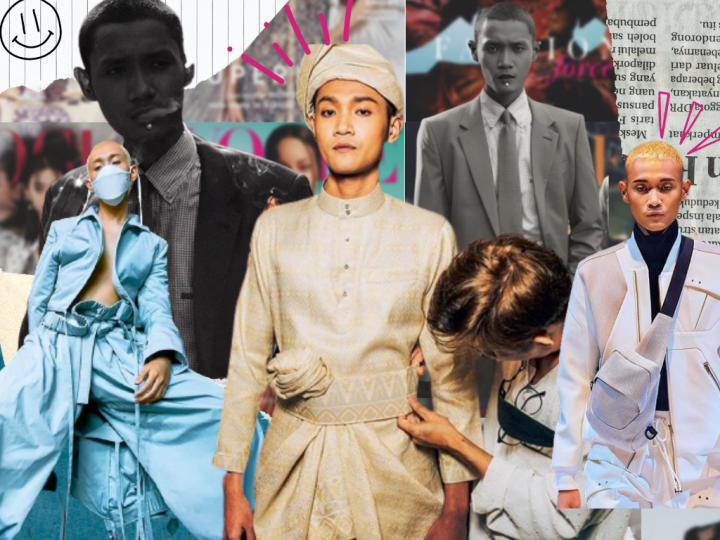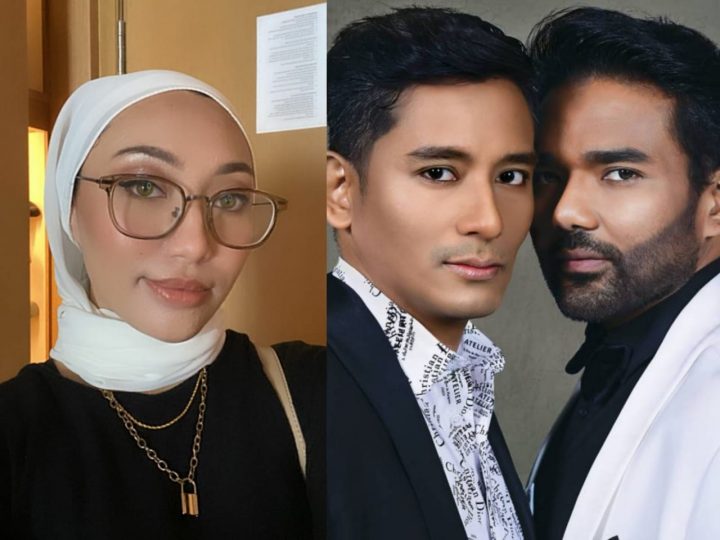The Exposé of the M’sian Fashion Industry: The Price of Inclusivity and How Agencies Hurt Our Models
 Thirsty for JUICE content? Quench your cravings on our Instagram, TikTok and WhatsApp
Thirsty for JUICE content? Quench your cravings on our Instagram, TikTok and WhatsApp

Being raised by a mother who was formerly a model turned fashion designer, I grew up in a home where fashion played a central role. My mother would constantly teach me the 101 of fashion and what to look for in each design.
These days, I find myself drooling over the eccentric details, technical skills, and sharp eyes that Guo Pei, Comme Des Garçons, Windowsen, Behati, Kitwoo and Mugler radiate into each of their collections.
But craftsmanship isn’t the only important thing. Once the designers had spent months, or perhaps years perfecting their creations, models would uplift their vision and bring those garments to life.
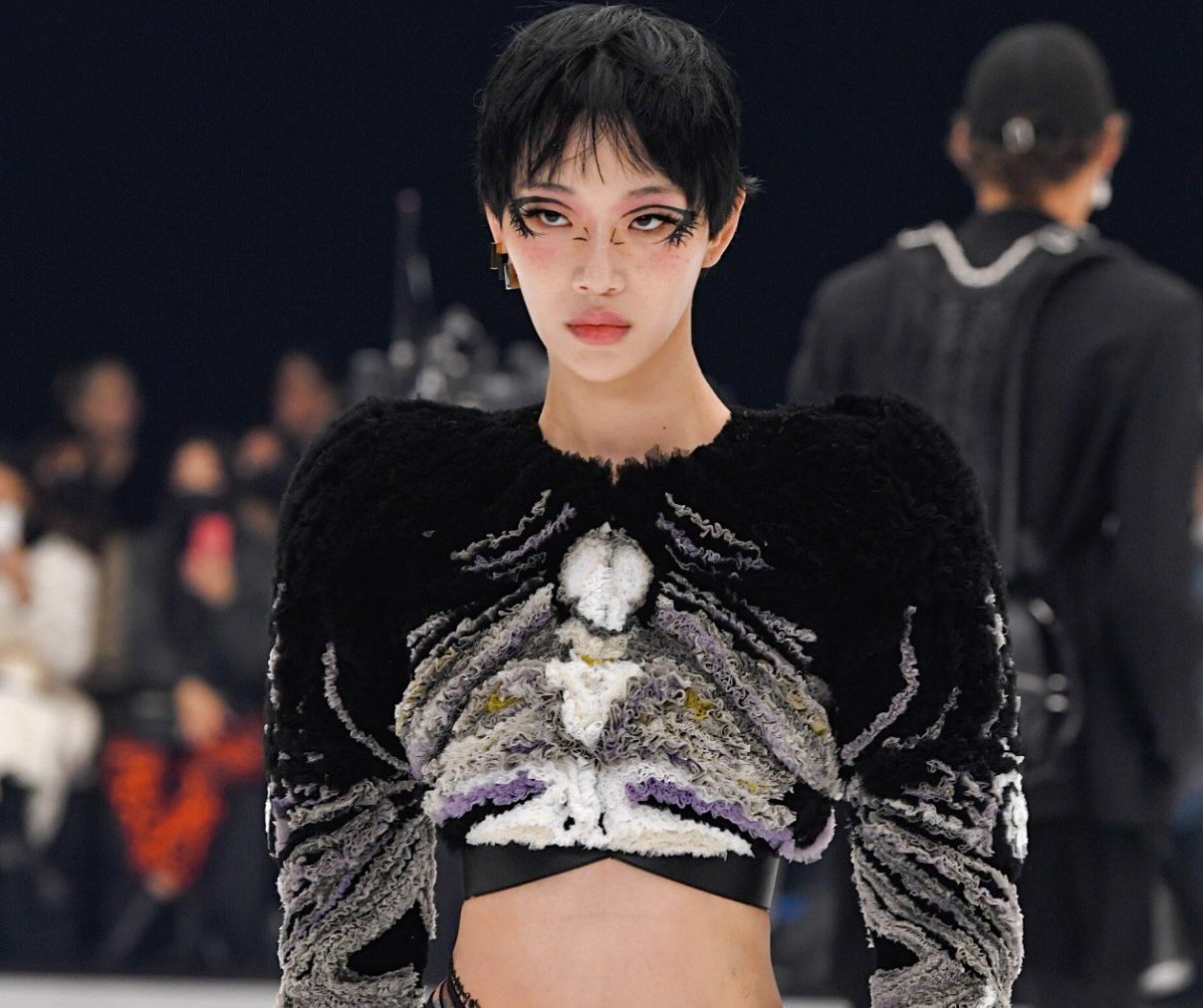
The Importance of Models
Allow me to deliver nostalgia to fashion lovers alike. Let’s begin with one of my all-time favourite walks.
I’m referring to Nadja Auermann in that iconic corset bodysuit made of gold metal and rhinestones. Mugler also coupled the perfect pair of long metal gloves and what seems to be the heaviest golden rhinestone necklace ever.
While Mugler cleverly placed every gold material he could find into this majestic piece, it wouldn’t be as iconic if it wasn’t for Auermann who walked in the fully cinched piece with fire in her eyes as the long, chiffon sequined cape danced with her.
Models truly do the most on runways so life must be easy for them, right? Absolutely not.
About Models Making Mullas
Though it’s been two decades since that legendary walk I presented to you, the struggles that today’s models face—including low pay, poor working conditions, and even being fooled by designers—haven’t changed much.
Many people don’t realise that models may get paid late up to six months after they’ve completed a job, despite the fact that they’re dressed to the nines in pricey works of art. Some are even paid one year after a show.
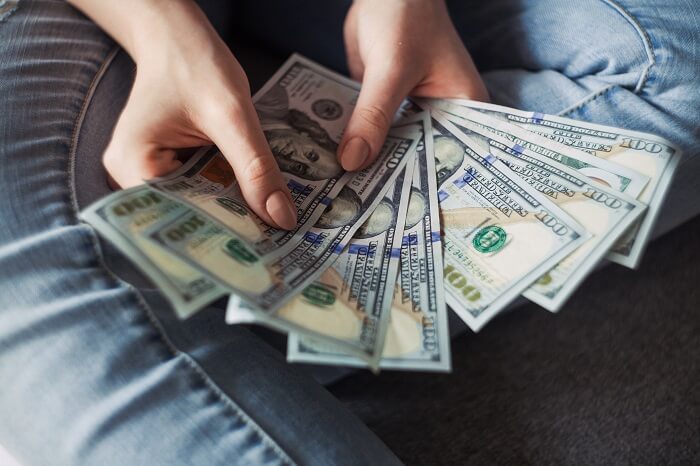
But let’s put money aside as we’ll discuss more on this in the agency shark section and shift our focus to one hot topic that every single brand is pushing toward, diversity and inclusivity.
Fake Inclusivity in the Fashion Industry
While it’s true that we’re finally seeing more body types and skin colours on the runway, don’t be easily fooled by this movement.
Some brands would use coloured models or plus-size models for their campaigns and runways, but most of these brands still favour light-skinned and skinny models.
If you ask two models where one is light-skinned and one is dark-skinned, you would notice that the light-skinned model earns more bookings and could easily secure more gigs. They’re also paid more as well.
This is more prevalent when it comes to commercial modelling, especially in Malaysia where we still see brands promoting skin-lightening products on our television screens.
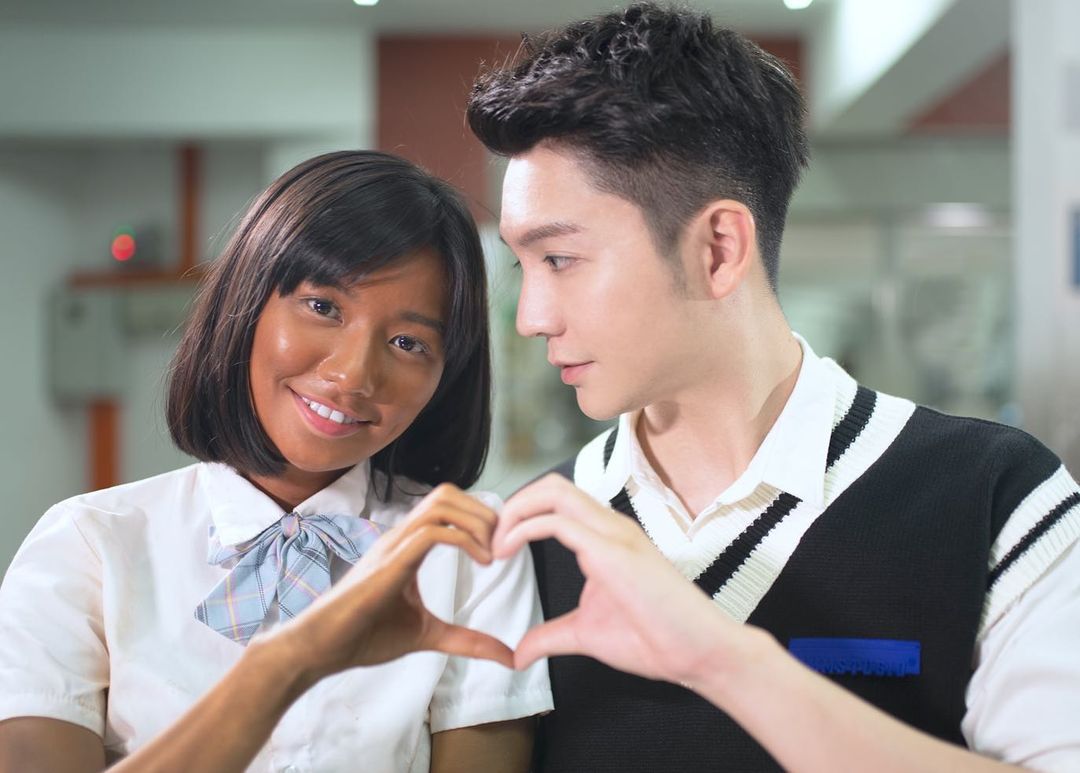
Locally, Wasian (white + asian) models are constantly booked and busy because no matter what we do, most Asians have this weird fetishisation for seeing people who are part caucasian and part Asian.
It’s crazy how some of us are still under the thumb of white men, decades after colonisation ended.
“But wait, I saw dark-skinned models on Malaysian campaigns now too!” Correct, but do you also realise that it’s always the same three to five dark-skinned models who the industry finds fitting for their very non-inclusive beauty standards?
I won’t be name-dropping models in this piece because they’re not the problem, but if you’re a fan of the scene, you know which dark-skinned model consistently gets the booking. I’ve seen her 50 million times on the runway and brands use this model as they casually drop the “We’re all-inclusive!” line.
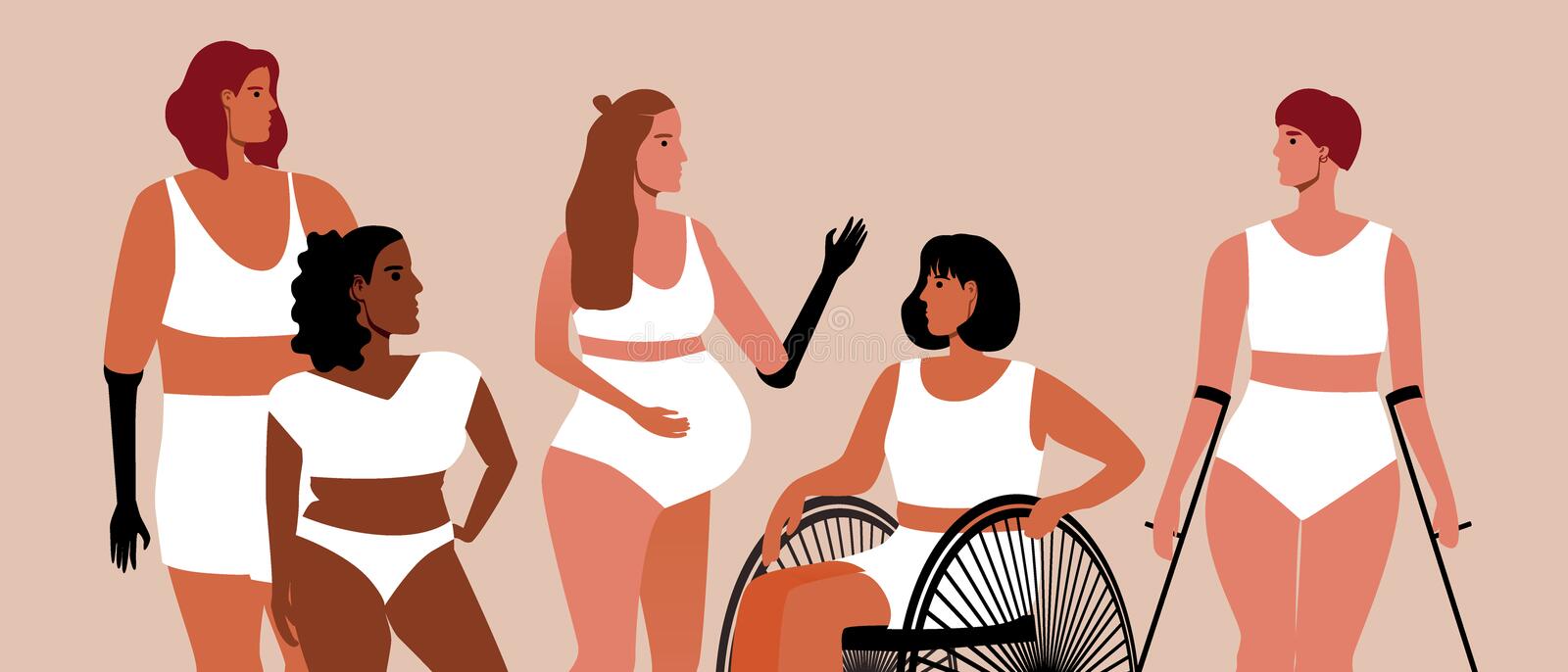
I don’t think it’s that difficult to find mesmerising dark-skinned Malaysian women out there. The choice is actually endless if these brands actually try to be inclusive.
We have fought for proper representation for a long time, and while brands globally seem to have “gotten the message”, they are still making these critical mistakes.
Now, let’s speak about how certain modelling agencies are like sharks in a tank looking for a fresh victim.
Agency Sharks Are Still Hurting the Industry
If you have aspirations of becoming a model, you should be wary of what may be the worst contract you’ve ever signed.
Seriously, signing your soul away to the devil might even be better in most cases.
These agencies know that you’re clueless about the industry and will absolutely suck every single drop of blood you have left for their greed.
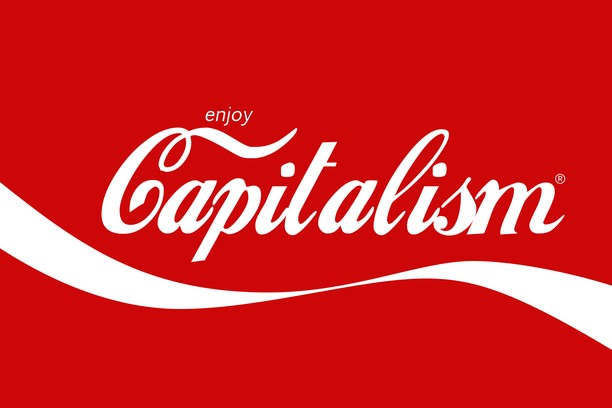
There’s almost always 0 transparency regarding payments between agencies and models.
Models have to spend back their earnings for their own careers. These agencies will not be paying for your accommodation or your transportation, but when it comes time to collect a payment, these agencies will claim credit for finding you the gig in the first place.
Oh, and about inclusivity, agencies are still forcing our models to look a certain way if they find them to be too skinny, too fat, or even too dark.
Some dark-skinned models are told to be more aggressive on the runway or during shoots by these totally-inclusive-and-not-at-all-racist brands.
Being Sexually Assaulted by Industry Players
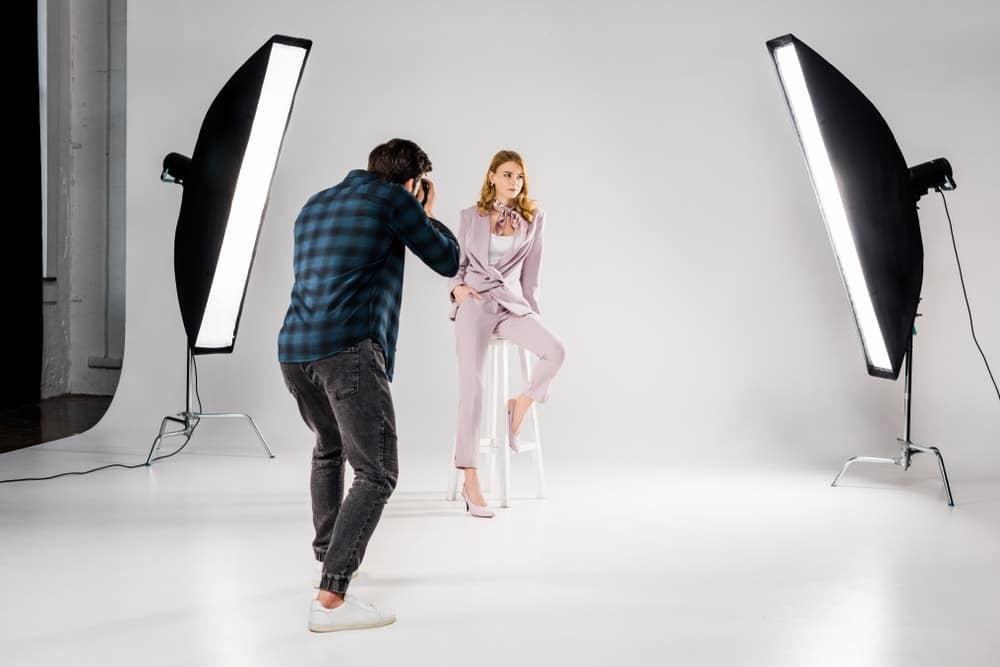
Both male and female models are also expected to be nice and obey every single order made by big designers, photographers and industry players who sometimes cannot help but exude predatorial behaviour.
Just last year, SAYS reported that a Malaysian photographer was selling nudes of the models he shot for RM700. Where he’s selling these photos? Telegram, of course!
He’s not the only photographer accused of sexual misconduct, there have been numerous reports of such illegal behaviour done by other local photographers.
Not only that, a local female model came to me and told her story that people working backstage during fittings would touch and grope her in ways no one would see as appropriate.
When speaking up on these issues, that same model was told that this is common practice and she shouldn’t stress about it too much.
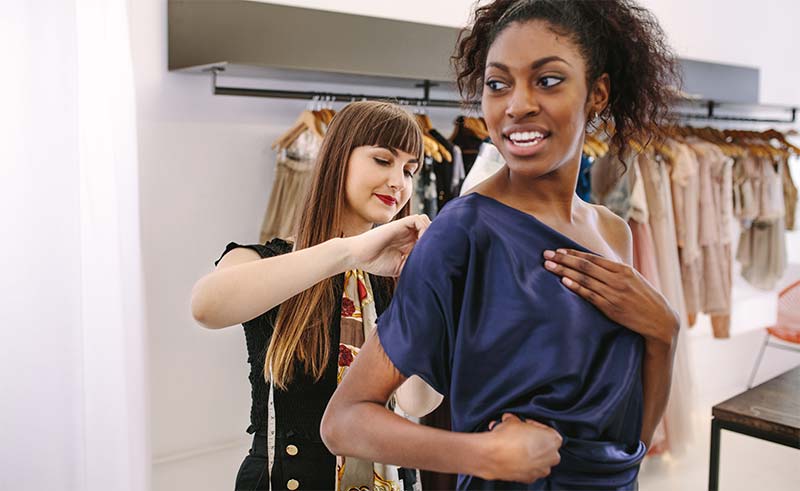
Now, you’re probably sweating reading all of these horror stories of the modelling and fashion world. While these industries still need a lot of improvements, at least they’re still making a progress even if it’s slow.
The Malaysian models are still killing it and changing the industry. Some of them even do it alone.
Here at JUICE, we want to embrace these models and let them know that their dedication has not gone unnoticed.
The continuation of this piece would introduce to you a Malaysian male model who’s killing the game as an independent talent, Imran Lee, who has walked for countless brands including Kitwoo, Adidas, Taak, Behati and Rizalman.

 Get Audio+
Get Audio+ Hot FM
Hot FM Kool 101
Kool 101 Eight FM
Eight FM Fly FM
Fly FM Molek FM
Molek FM